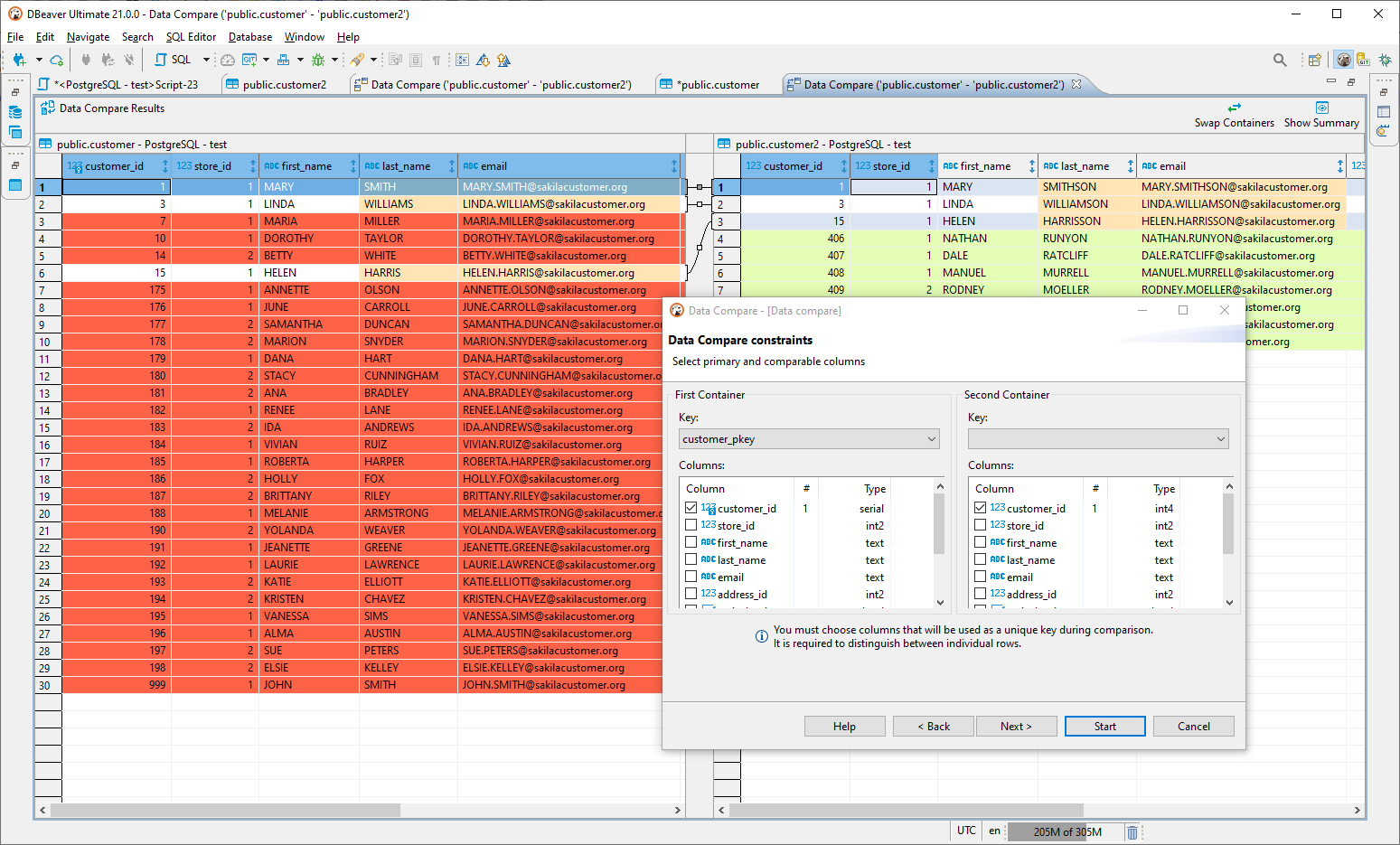Update: August 12, 2018
The following post demonstrates how to import CSVs using Dbeaver’s database to database export & import feature. If you are certain of the quality of your CSV & just want to import it quickly my subsequent post may be more useful.
0) Install DBeaver
You can find installation instructions here
1) Create a folder to be used as your CSV Database
mkdir ~/desktop/csvs
Place the CSV you want to load into this folder
2) Create a CSV database connection
Dbeaver Hanan

In the menu bar select Database > Create a New Connection & from the list of drivers select Flat files(CSV) > CSV/DBF
Free multi-platform database tool for developers, database administrators, analysts and all people who need to work with databases. Supports all popular databases: MySQL, PostgreSQL, SQLite, Oracle, DB2, SQL Server, Sybase, MS Access, Teradata, Firebird, Apache Hive, Phoenix, Presto, etc.
- Step-by-step guide on how to connect to SQL Server using DBeaver on a Mac. Screenshots included. DBeaver is a database management tool for managing DBs such as MySQL, PostgreSQL, MariaDB, SQLite, Oracle, DB2, SQL Server, Sybase, MS Access, Teradata, Firebird, Derby, etc.
- Besides being an awesome database client tool, Dbeaver can also migrate content from one database to another! Sakila is a fantastic open source project which holds database scripts for many databases. You guessed it by know, we like Sakila;-). We used it extensively in our HANA SQL Webflix demo’s which you can find here.
- This purpose for this page is help with specify what situations the SQL queries from SAP Note 1969700 - SQL statement collection for SAP HANA can be used to help troubleshoot an issue.
Dbeaver Hanalei
Set the path of the connection to the folder you created earlier (the JDBC URL will auto-populate)
Note: If you run into trouble downloading the driver navigate to the source website and download the driver manually
3) Connect to your target database
Dbeaver Hana Cloud
3.1) Navigate through your target database & schema and right click on your target table and select import table data
3.2) Next select your source CSV from your CSV connection as the source container
Note: In this example case I’m loading a test CSV into a Postgres database but this functionality works with any connection that DBeaver supports (which is basically everything)

4) Ensure that the mappings of each of your columns is correct
- For column names that are an exact match DBeaver will automatically map them for you
- For the remaining columns make sure to map the source columns to your desired target columns
5) Complete the wizard and watch DBeaver import your data
Note: For large files it may be necessary to go get lunch but in my case 4 records doesn’t take long to import :)
6) Check to make sure that the data has loaded correctly
As a last optional step it is good practice to make sure that everything loaded correctly which can easily be done by running a query against your target DB
7) Final Notes & Thoughts

- While this process takes a little bit more time to get setup than other tools setting up the CSV connection only needs to be done once
- One side benefit of this as well is that you are now able to run SQL queries against CSVs very easily
- The only real pain point that I have run across is that if you add a new CSV file or add/delete columns in an active CSV connection you have to cancel the import wizard & refresh the CSV connection for the changes to be picked up
- this feedback was provided in issue 926 and hopefully it will be resolved in a future update

Related
